A delegation from the Maijuna, Kichwa and Murui indigenous peoples of Loreto visited Puerto Maldonado to learn about the impacts of the Interoceanic Highway and illegal mining.
Since the Peruvian Government has promoted the construction of the Bellavista – Mazán – Salvador – El Estrecho Highway in Loreto, the communities of the Maijuna and Kichwa indigenous peoples have expressed their rejection because it directly threatens their way of life, culture and ancestral territories, which are also part of the Maijuna Kichwa Regional Conservation Area (ACRMK), established in 2015 and which conserves 391,000 hectares of forest of great ecological and cultural wealth.
The construction of Section I of the Highway, which includes the Nanay bridge, began in November 2017 and concluded in October 2021. During this process, the Centro Arenal native community of the Murui people has been affected by the invasion and deforestation of their forests, which their leaders and authorities have denounced before different public institutions demanding the protection of their life and integrity.
Despite the social and environmental problems that this infrastructure project is generating, to date the communities involved have not been informed under adequate citizen participation mechanisms that guarantee the full exercise of their collective rights.
Faced with the lack of information from the State, leaders of the Maijuna, Kichwa and Murui peoples have initiated actions that promote dialogue to make their voices heard. Additionally, as part of an exchange of experiences, they traveled to Puerto Maldonado to meet with local actors and learn about the reality behind the construction of the Interoceanic Highway, a road that led to the advance of illegal mining and other environmental problems in the Madre de Dios region.
Observing the thousands of hectares of deforested forests, dying aguajales and polluted and lifeless rivers in 'La Pampa' (buffer zone of the Tambopata National Reserve), the leaders reflected on the consequences that the construction of the Bellavista-Mazán-Salvador-El Estrecho Highway.
Juana Augusta Ríos Gatica, Murui woman leader from Centro Arenal, shared the current situation of her community, which has already begun to have a different dynamic after the execution of Section I of the Highway, “The second section passes through my community, where approximately 8 kilometers will affect within the communal territory and is the part where we have our protection reserve of trees and animals. Imagine that the road passes through there, even though construction has not yet begun, it is already moving forward, motorbikes pass by and our road is degrading.”
Lives Ruiz, leader of the Kichwa people and president of the ACRMK Management Committee, shared his impressions of this experience, “The great concern that I have now as a leader of my community is that I am surprised that I am going to suffer suffering and discontent, the depredation of this highway, leads me to tell the State, no, we live in tranquility and without worries. Thanks to this trip to be able to know this reality. The State says that development brings us making roads, but this is not development, it brings more problems, violence and suffering.”
As part of the search for strategies that allow people to respond in defense of their territory, spaces for dialogue were articulated between various organizations such as FENAMAD, COICA, the Management Committee of the Tambopata National Reserve, CINCIA, SPDA, ACEER and One Planet of Loreto, strengthening the exchange of experiences with environmental leaders of Madre de Dios.
Among them, Víctor Zambrano, president of the Tambopata Management Committee, who stated, “Our support, backing and recognition to these communities of Loreto, who are making every effort to keep the ACR and its territories intact.”
Finally, the leaders shared their commitment to continue strengthening alliances and sharing the experience with their communities. “We must each take to our town what we are seeing, I have seen a murky stream, it pours water, but it is not for drinking, where are our animals, fish and ancestors going to be, we have to think about what we see here. We must show that we know how to defend our territory,” said Sebastián Ríos, Maijuna leader and founder of his community.





